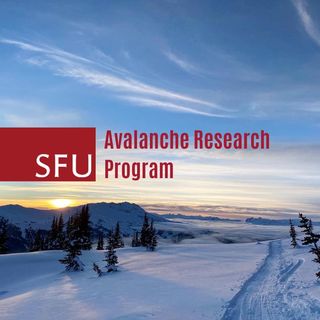Does perceived crowding cause winter backcountry recreationists to displace?
Abstract
Winter backcountry sports such as skiing and snowshoeing have experienced a tremendous increase in popularity in recent decades in the European Alps. Recreationists commonly encounter other recreationists on their route. Because enjoying solitude and being close to nature are important motivations for pursing winter backcountry activities, crowding on backcountry routes is highly likely to diminish recreational experiences, with potential consequences for nature and recreationists. This study explored perceptions of and responses to crowding among Swiss backcountry skiers and snowshoers, using an online survey that asked about their motivations for pursing their activity and gauged their perception of crowding using the ‘‘people at one time’’ approach. Each of the 830 participants rated 4 scenarios on a 9-point Likert scale ranging from ‘‘far too few people’’ to ‘‘far too many people’’ and answered follow-up questions about potential displacement choices in response to perceived crowding. Participants rarely perceived backcountry routes as having too few people but often perceived them as crowded. We found only minor differences in perceptions of crowding among participants pursuing different activities or those with different motivations. The most common reaction to perceived crowding was to avoid the route in the future, and the next most common was to adjust a route to avoid the crowd on the day in question. This indicates that crowding is likely to lead to short- and long-term spatial displacement of winter backcountry sport activities. This is likely to have a negative impact on wildlife—as well as on backcountry recreationists’ safety, because they might inadvertently enter avalanche-prone areas.

